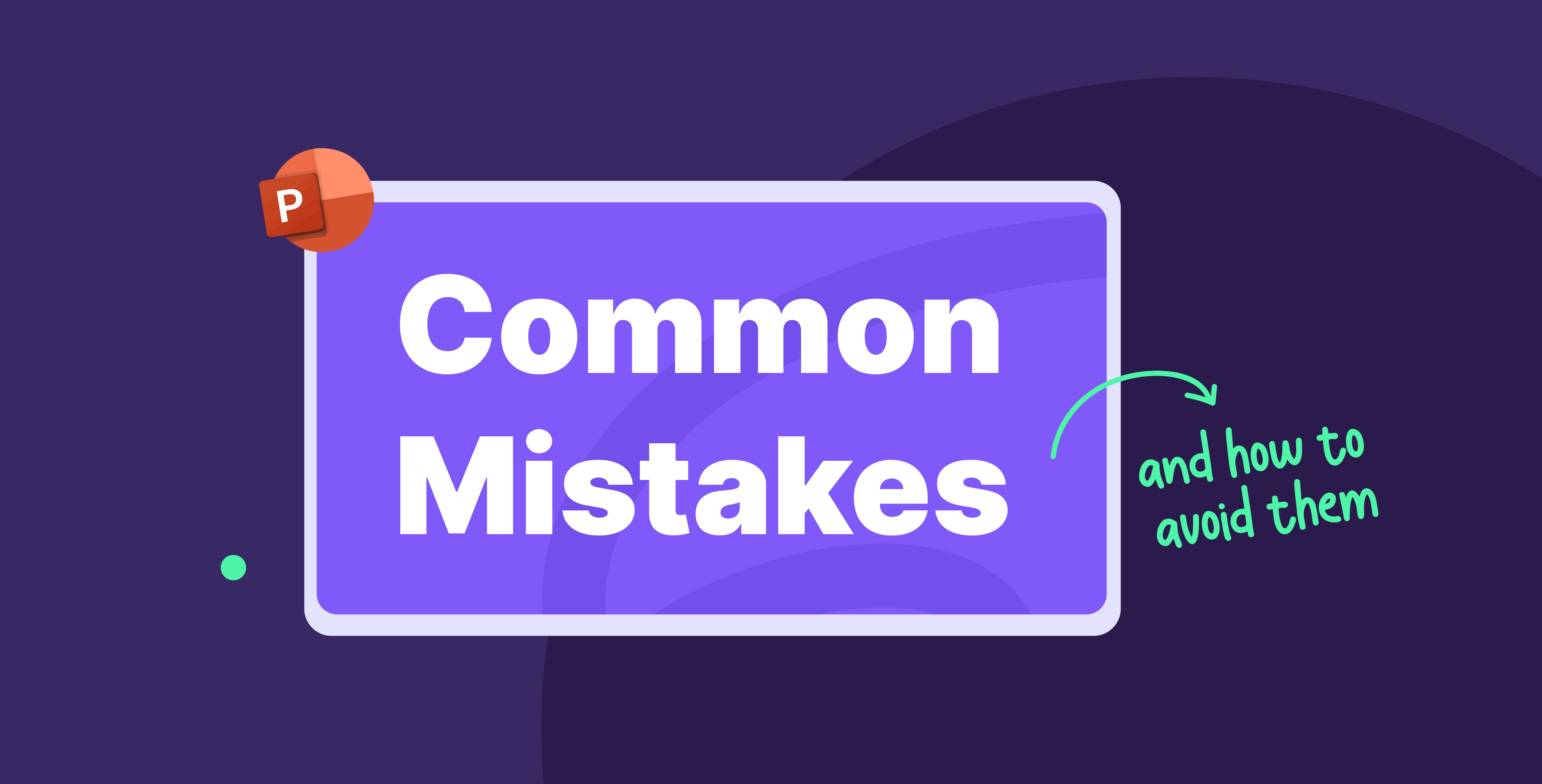18 November 2024
Presentation templates are a standard resource for many presenters, especially in our fast-paced digital world where time is of the essence. They have become an indispensable tool for many as they save valuable time and still provide polished results. But are they truly the answer we want for creating memorable presentations, or are there drawbacks? In this blog, we will look into the advantages and disadvantages of using templates for your presentations.
What is a presentation template?
A presentation template isn’t just a background for your ideas; rather, it is a tool meant to visually enhance and structure your message. At its core, a template is a tool made of pre-designed slides meant to give you a unified, clean look and also help you outline your content thoughtfully and effectively. Templates are often used in professional settings; they come pre-made with their own specific fonts, color schemes, layouts, and icons. Plus, they typically include placeholders for text and images, making it easier for the user to insert and customize their own material.
Advantages of using presentation templates
Presentation templates offer many benefits to those who use them; among the most common are:
They save time
As deadlines loom, upcoming presenters might feel the pressure start to set in. This is why templates seem like the perfect hero in a time crunch; they offer a headstart. Rather than coming up with a complete presentation design and layout from scratch, templates offer a blueprint where all you need to do is fill in the blanks, reducing what would be hours of design time. Simply put, when it comes to saving time, templates are a valuable resource.
They have consistent branding
Conveying a brand’s message clearly requires consistency across all visual elements, from logos to slides, to effectively demonstrate the reliability of a company. When slides feel disjointed and not connected, it comes across as quite jarring. Templates provide a uniform presentation design that remains uniform and recognizable throughout the entire deck. With their centralized appearance, templates establish a brand’s visual identity, ensuring that the audience gains a clear understanding of your brand.
They are easy for beginners
We get it; not everyone has the same eye and expertise as a professional presentation designer. Templates offer an easy way out of the thorny task of designing a clean and appealing slide deck. Since they are tailored for those outside of the design world, templates are a quick solution for beginners to create polished slides without needing advanced design skills.
They are versatile
With the extensive array of options available, you can find a template related to any field or topic. Whether you need real estate or business-related slides, you can find a suitable and engaging template for them. This offers a lot of adaptability for presenters, who can now switch between styles that are appropriate for their audience and theme instead of starting from scratch each time. Templates then provide a backbone to build on, allowing presenters to prepare stylish and relevant slides.
Disadvantages of using presentation templates
Although there are many benefits to using presentation templates, there are also many obstacles to be cautious of. Here are some of the most common:
They lack originality
With presentations, there’s always the looming anxiety of looking generic. Yes, templates are convenient, but their popularity also means your audience will recognize your slides. The overuse of templates has led to a lack of originality that will risk having your content lose its unique identity and blend in with the dozens of other presentations. Using a template that is too common will lead to you just being another face in the crowd.
They have limited customization
After becoming accustomed to templates, you quickly realize that they aren’t necessarily a one-size-fits-all solution. Not every template will be able to evoke the feeling you truly want your slides and brand to convey. Though they are adaptable, they also have inherent limitations regarding their design elements. You will find that customization features for templates are limited when you are working within a brand guideline, meaning that though they can speed up the design process, you will not necessarily have the result you wish for.
There are potential quality issues
While there are sleek and dazzling templates, many fall short due to quality issues. Behind the appeal of some templates are the risks of poor or low-resolution graphics. When using a low-quality template, you could then risk finding pixelated visuals or layouts that don’t suit a professional presentation. Keeping a discerning eye open is necessary when scoping out a template to ensure that your presentation reflects the quality and professionalism you’re aspiring for.
Over-reliance can hinder skill development
When you rely on templates, you get used to convenience and may miss out on the opportunity to build your own presentation design skills. By constantly using templates, you will never learn the necessary skills to craft a slide deck from scratch when needed. These are the skills needed to truly be adaptable and flexible in your process and save yourself from the stress involved. An over-reliance on templates could leave you unprepared for whipping up a satisfactory presentation on short notice.
Using a template
If you find yourself in a bind and need a shortcut, here is how we suggest using a template. Use the template as the guiding foundation for your presentation, and infuse it with your deep knowledge and insights. Instead of relying on the default structure of the template, add your own original images, graphs, and icons that are more relevant to your brand.
You can also use the template as a narrative tool by rearranging slides to relay a more productive plot. Be creative with how you customize the template; reimagine the color palette, the font pairings, and even the slide transitions into ones that align more accurately with your presentation’s goals.
Wrapping up, it’s vital to consider the advantages and disadvantages of presentation templates for your unique presentation needs. Templates are certainly a helpful tool that offers an accessible and mostly painless way to create presentations in a pinch. Yet, the effectiveness of templates comes down to being frugal with your use; otherwise, relying on them can harm the essence of your presentation and make it forgettable. And of course, you could always outsource your presentation needs to a group of experts, such as our team at Prezlab.






